Amphicar: The Quirky Classic Car That Conquered Land And Water
Classic cars always have something special that captivates us—whether it’s their impressive performance or timeless design.
Many were built for rugged terrains, while others featured advanced engines for comfort. Though not all were engineered for smooth, road-hugging functionality, each had its own distinct charm.
But what if a classic car could do more than just cruise the roads? What if it could also take you across a lake?
Enter the Amphicar, a vehicle designed to navigate both land and water. Built between 1961 and 1968 in West Germany, the Amphicar became the world’s first and only mass-produced amphibious car.
Let’s dive into the story of the Amphicar—a quirky yet charming piece of automotive history.
The Birth Of The Amphicar

The Amphicar was first introduced at the 1959 Geneva Salon, showcasing inventor Hanns Trippel’s vision of a car that could seamlessly transition between land and water.
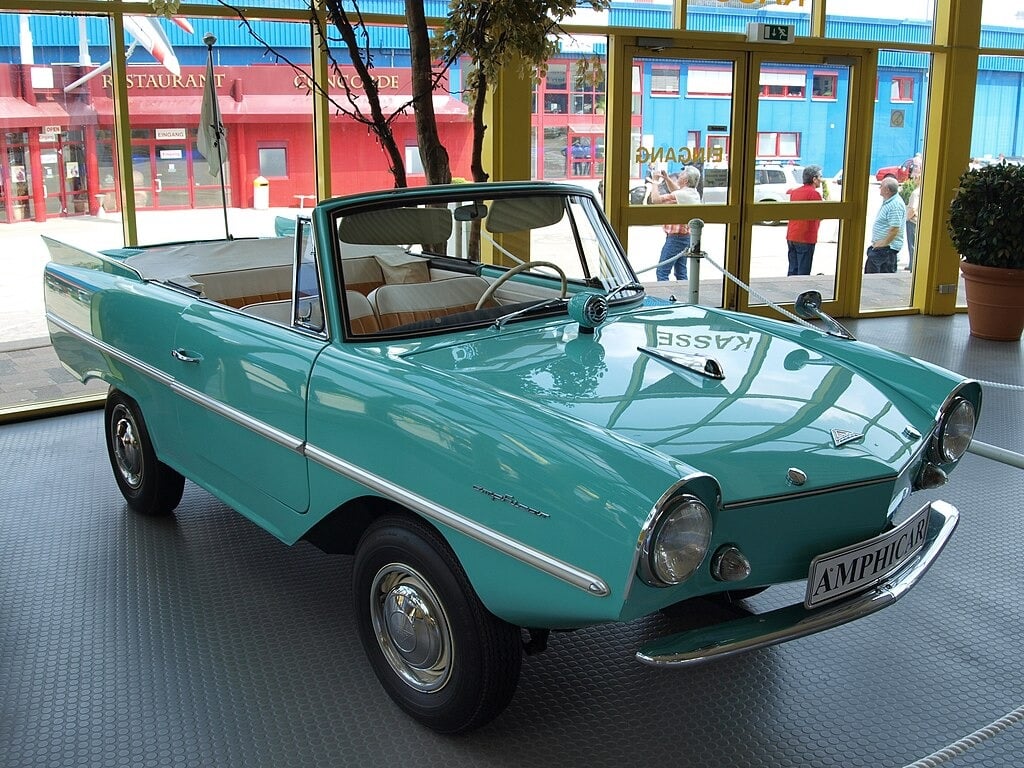
Inspired by military vehicles like the Schwimmwagen used during World War II, Trippel hoped to create a versatile vehicle that could meet civilian needs.
With a top speed of 7 knots on water and 70 mph on land, the Amphicar was dubbed the Model 770.
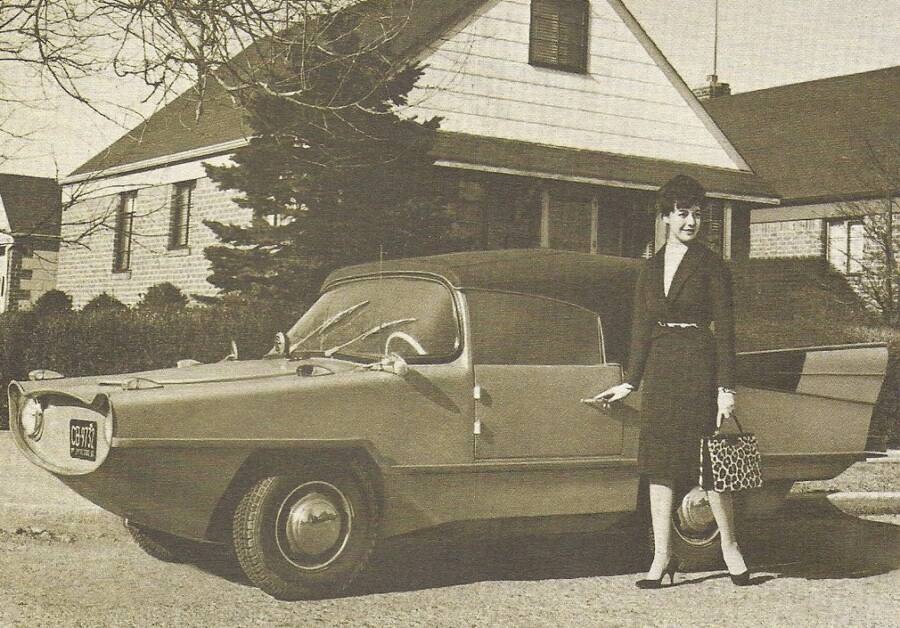
However, despite its innovative concept, the Amphicar faced significant challenges in the market, particularly because it wasn’t exceptional in either environment.
How The Amphicar Worked
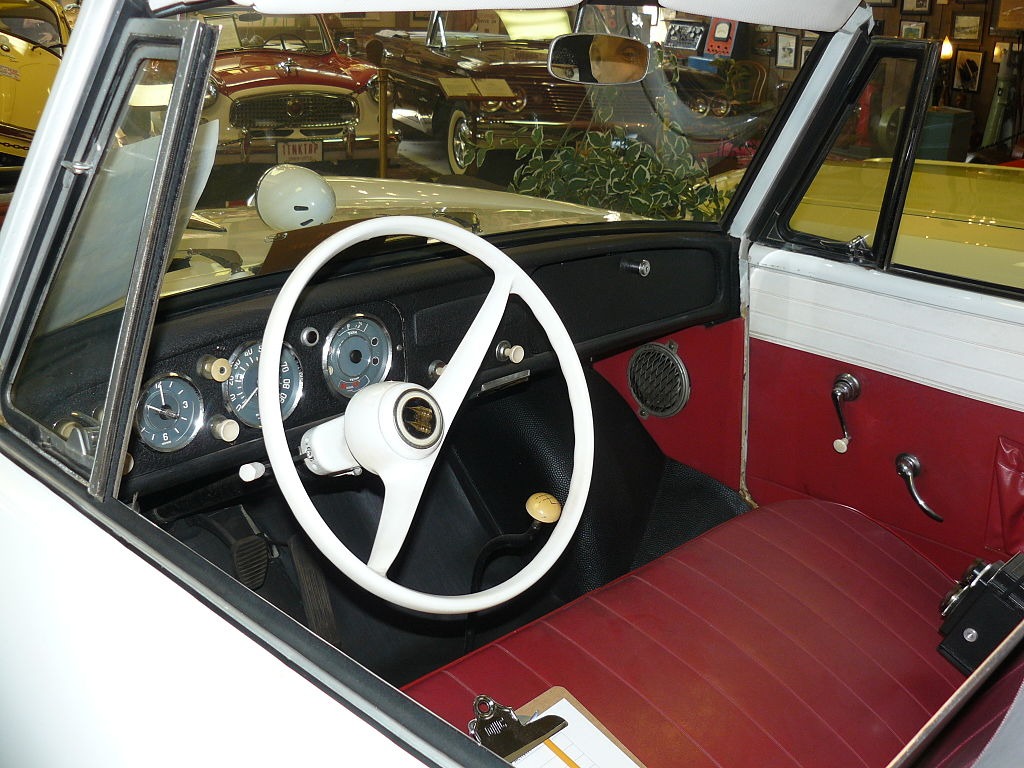
The Amphicar was powered by a modest four-cylinder engine from the Triumph Herald, located in the rear, producing just 43 horsepower. This engine allowed the car to function like any other vehicle on land while also powering two propellers in the water.

What set the Amphicar apart was its specially designed transmission, created by Hermes, which let the driver control the wheels and propellers separately or simultaneously.
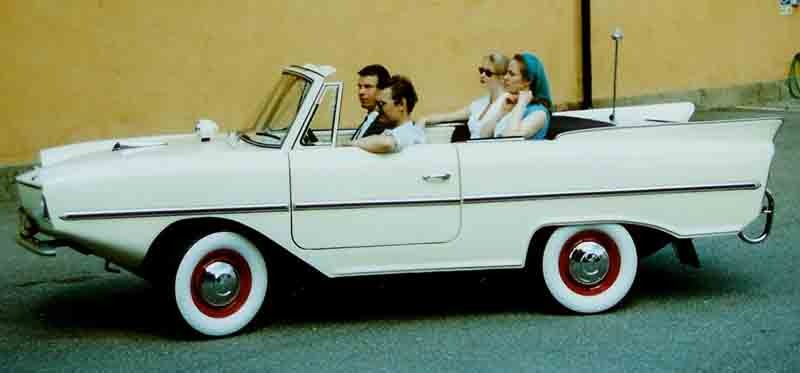
Despite its steel body, which made it durable, the Amphicar was quite heavy, weighing in at 2,300 pounds. This heft contributed to its sluggish performance both on land and in water.
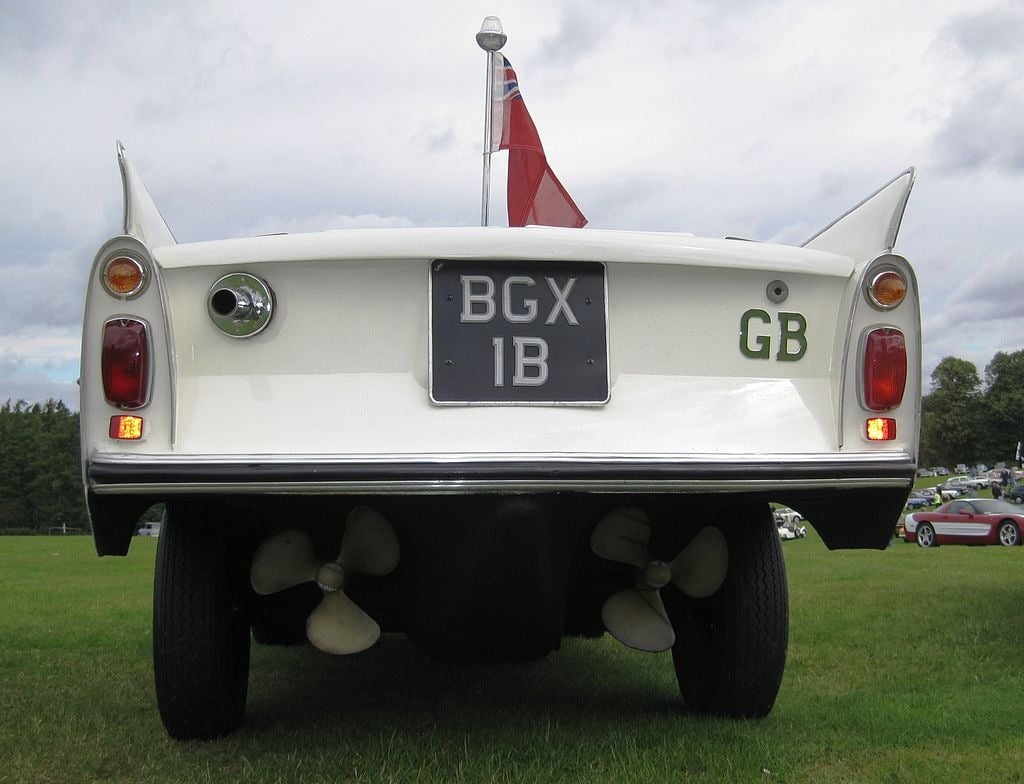
To combat water leaks, the Amphicar featured a bilge pump to prevent flooding. The car’s unibody design also included double-sealed doors to keep water from entering the cabin once the car hit the water.
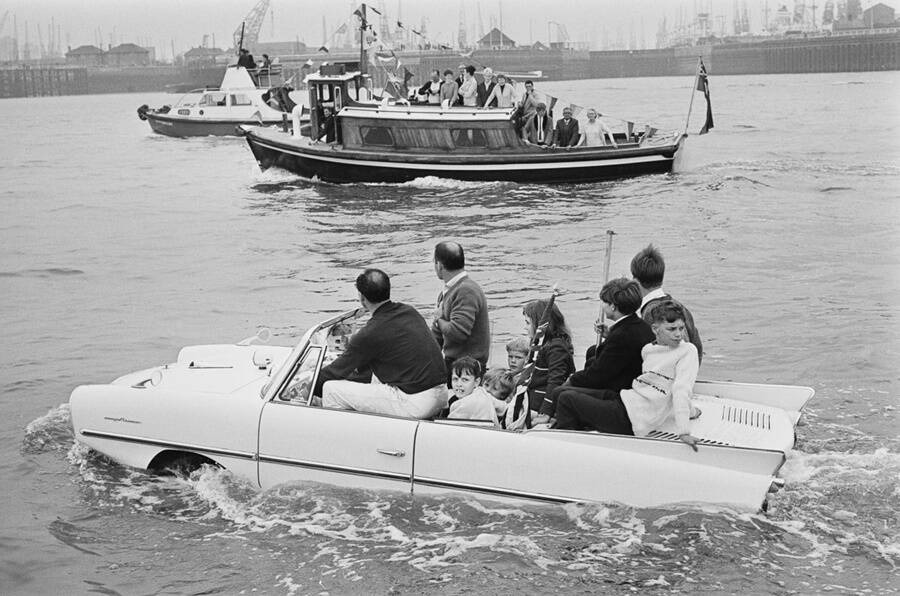
One critic put it, “If the bilge pump couldn’t keep up, the Amphicar became the world’s most aerodynamic anchor.”
Performance And Popularity
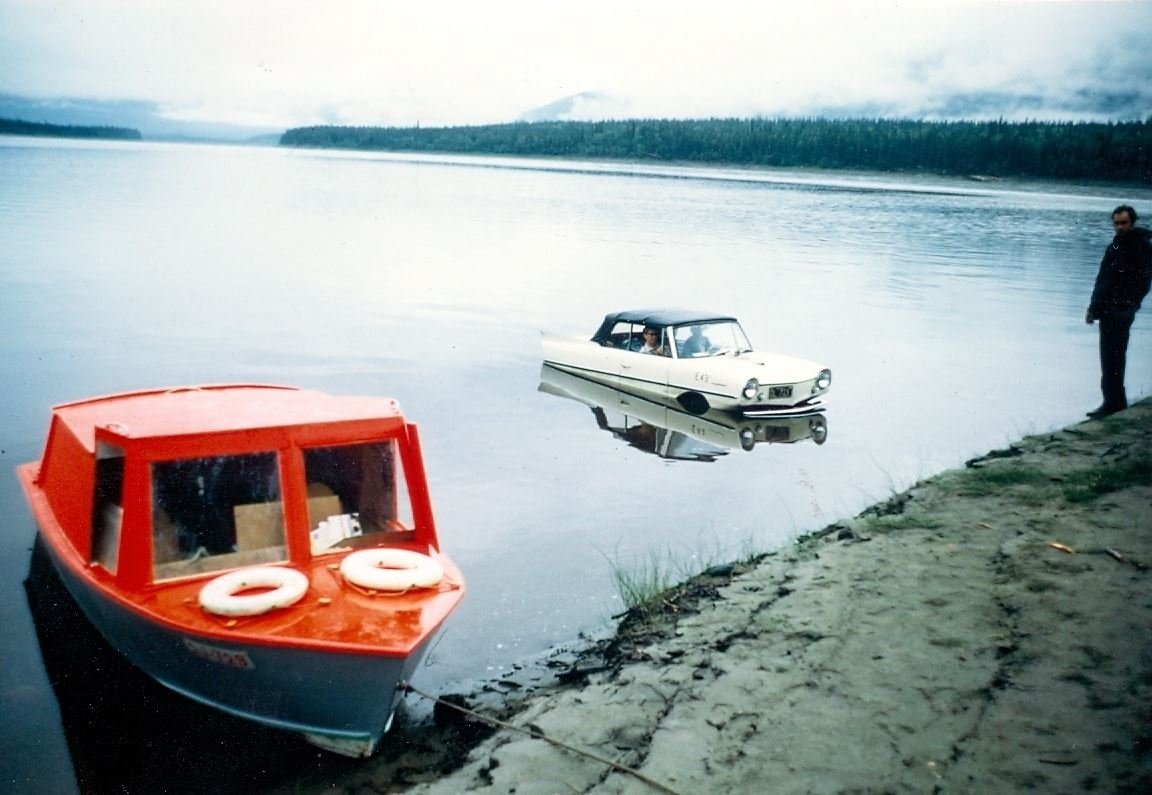
On land, the Amphicar could reach a top speed of 70 mph, but it was notoriously slow to accelerate. It took about 40 seconds to go from 0 to 60 mph.
On water, the vehicle’s performance was similarly underwhelming, with a top speed of just 7 knots (about 8 mph).
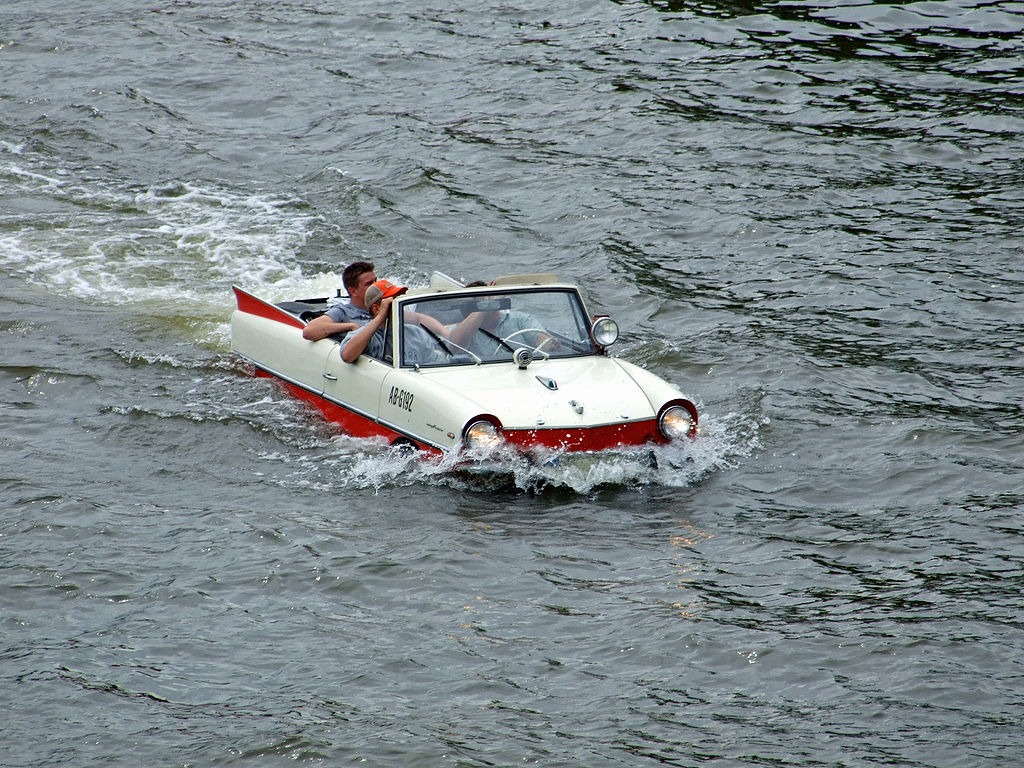
Regardless of slow speeds, the Amphicar stood out because it could drive both on land and in water—something no other vehicle at the time could do.

Between 1961 and 1968, approximately 3,770 Amphicars were built. Although most of these cars were sold in the United States (about 3,000 units), the vehicle struggled to find widespread success.

Its high price tag of around $3,000 in 1967 (the equivalent of about $20,000 today) and its unimpressive performance in both environments made it a tough sell for the average consumer.
A Car For Enthusiasts And Collectors
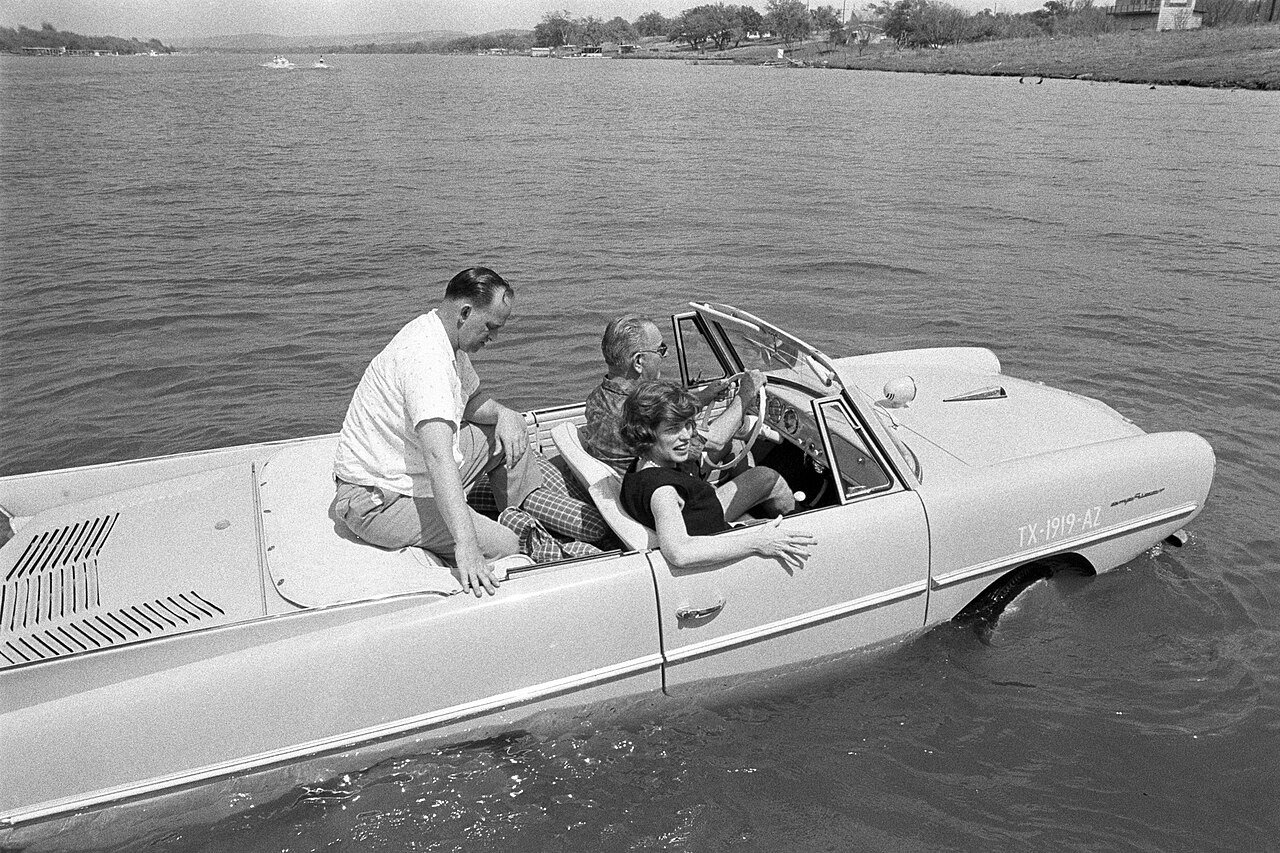
While Amphicar didn’t achieve mainstream popularity, it gained a loyal following among car enthusiasts and collectors.
In fact, one of the most famous Amphicar owners was none other than President Lyndon B. Johnson, who delighted in playing pranks on unsuspecting guests by driving them straight into a lake on his Texas ranch.
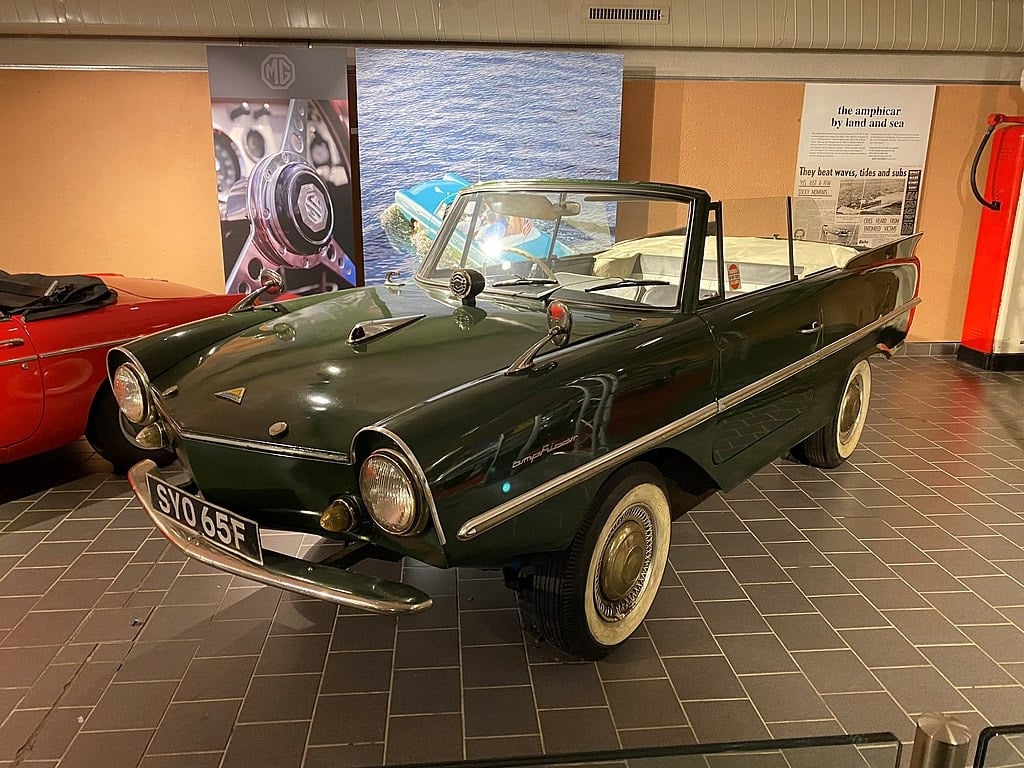
As journalist Robert Sempler described in 1965, Johnson would gleefully say to his passengers, “We’re going for a little spin,” then head directly toward the water. Guests would panic, only to realize the car wasn’t sinking as they cruised along at 5 knots.
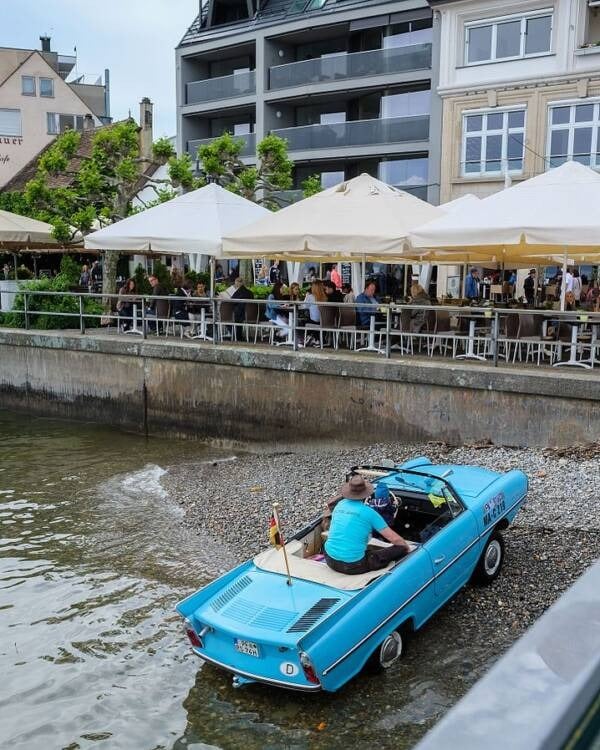
Even today, many Amphicars are still operational. During the 2018 floods in Britain, for instance, an Amphicar owner used the vehicle to ferry supplies to stranded children.
Now considered a collector’s item, about 450 Amphicars are still around in the U.S. Enthusiast groups, with the motto “United We Float, Divided We Sink,” continue to celebrate this rare vehicle for its mix of history and fun.
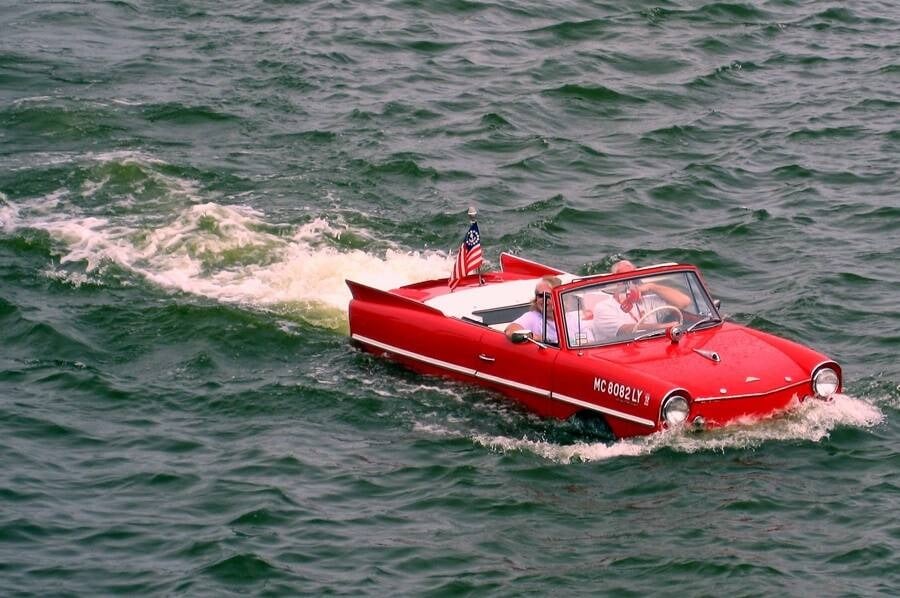
Though production officially ended in 1965, leftover parts allowed for continued sales until 1968.
The car’s downfall came when new safety and environmental rules from the U.S. Environmental Protection Agency were introduced, which the Amphicar couldn’t meet.

